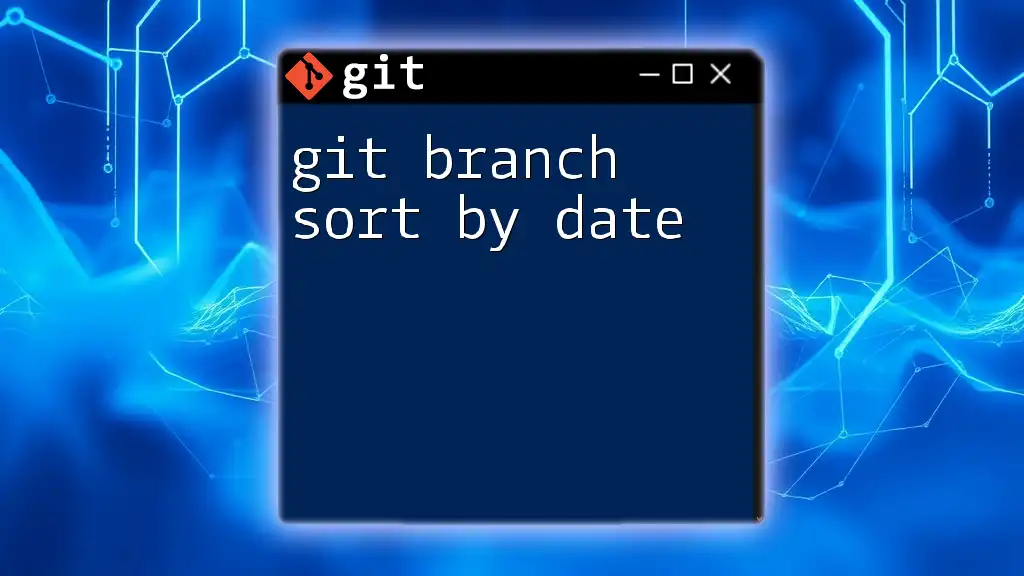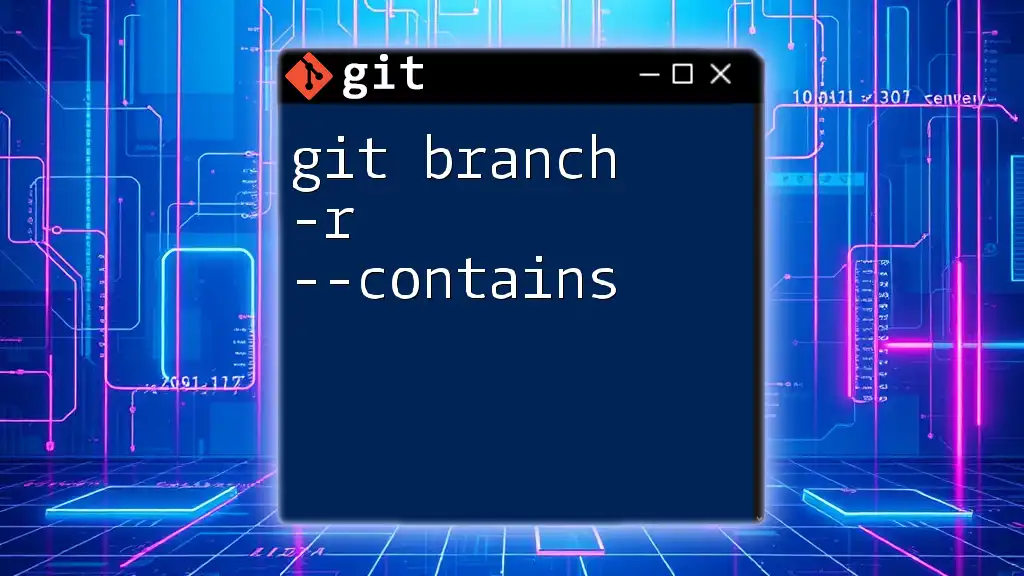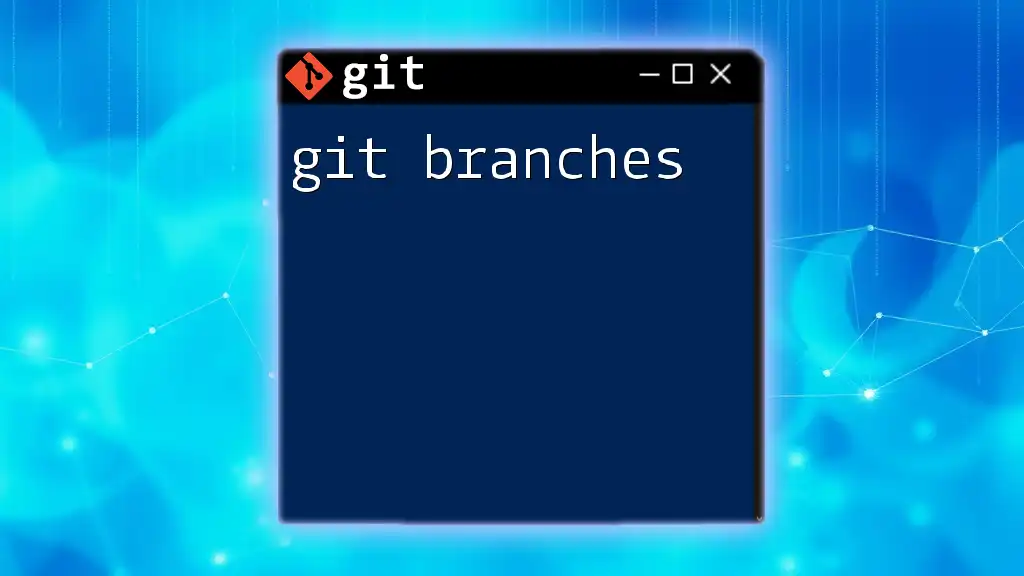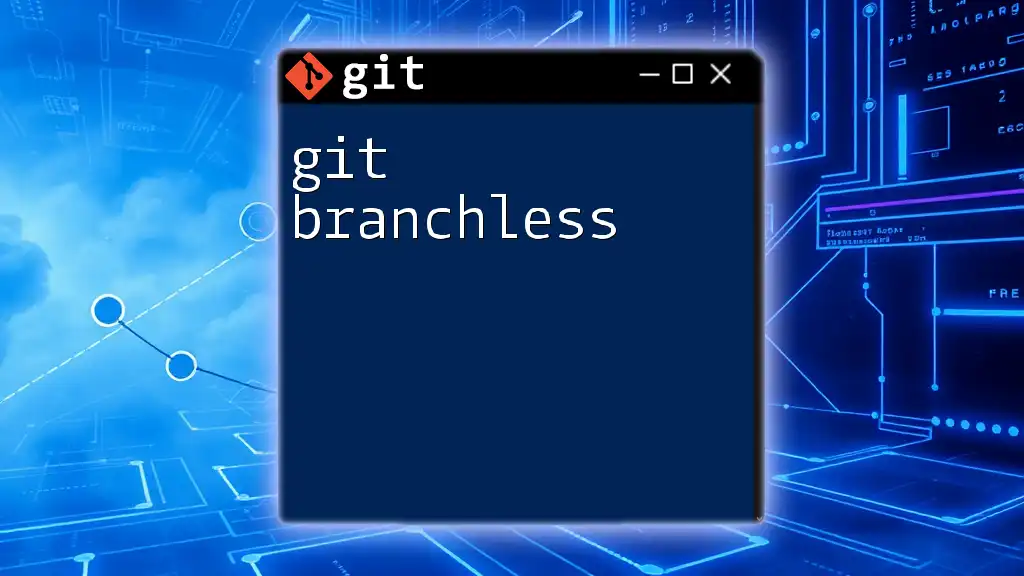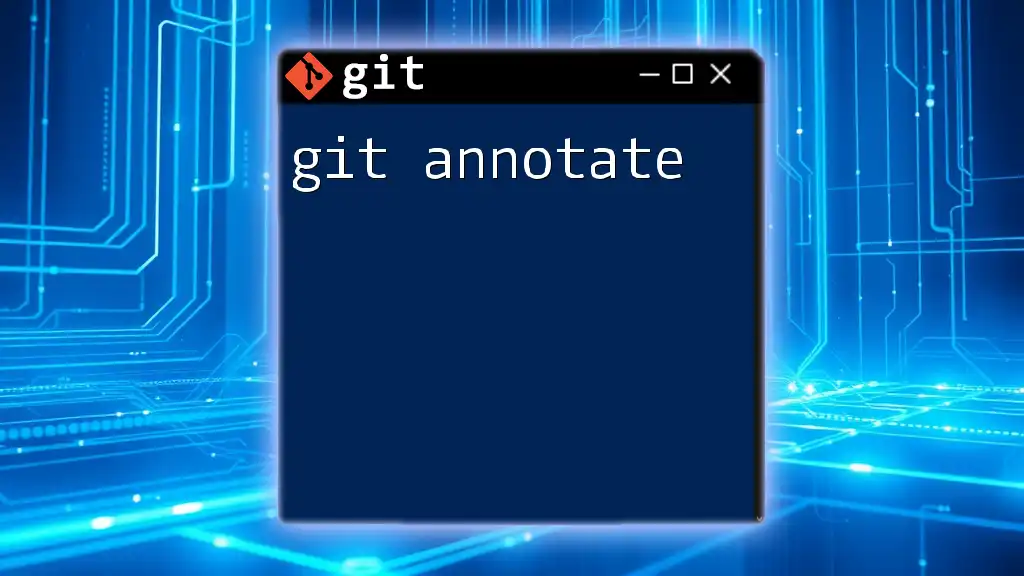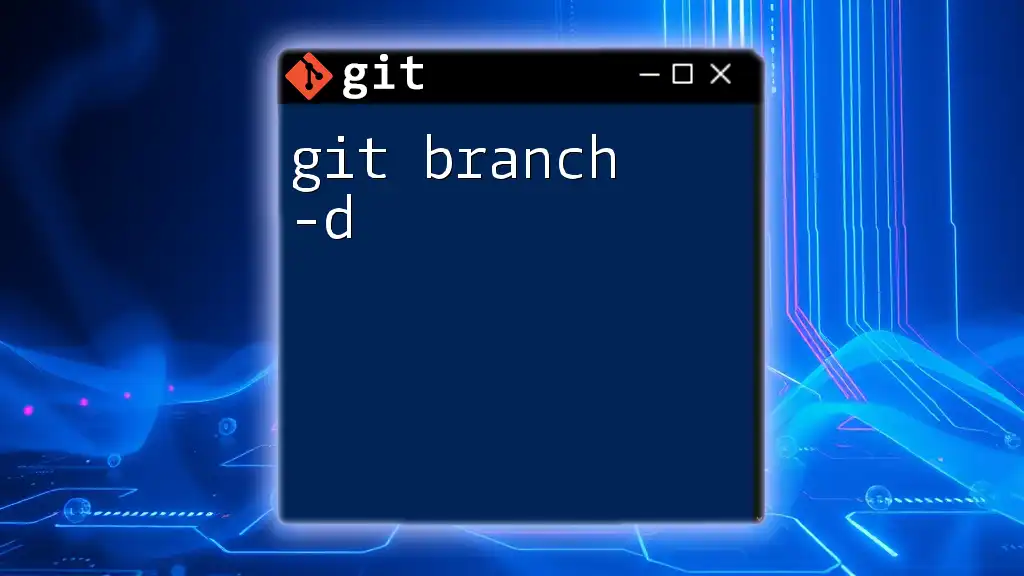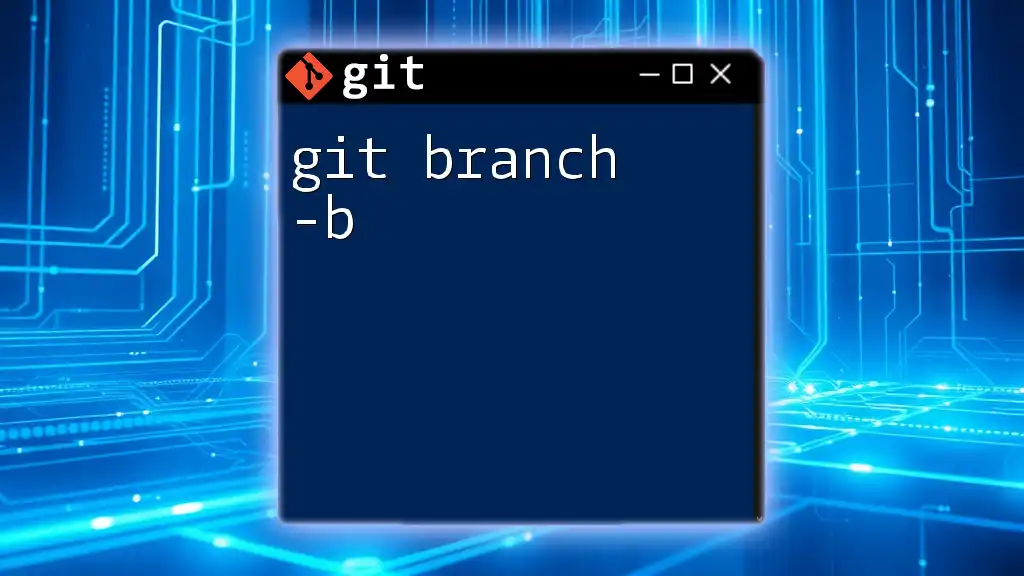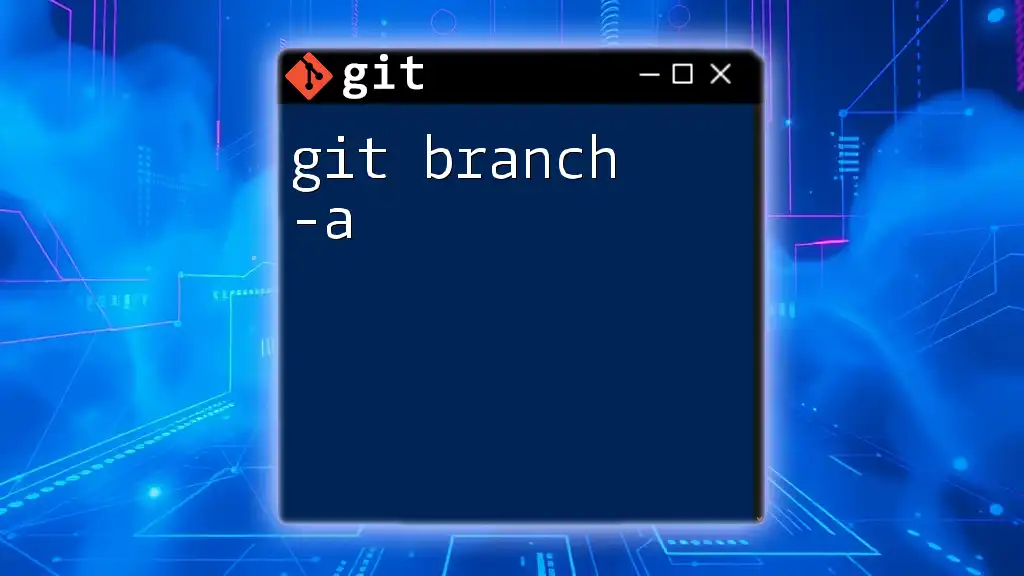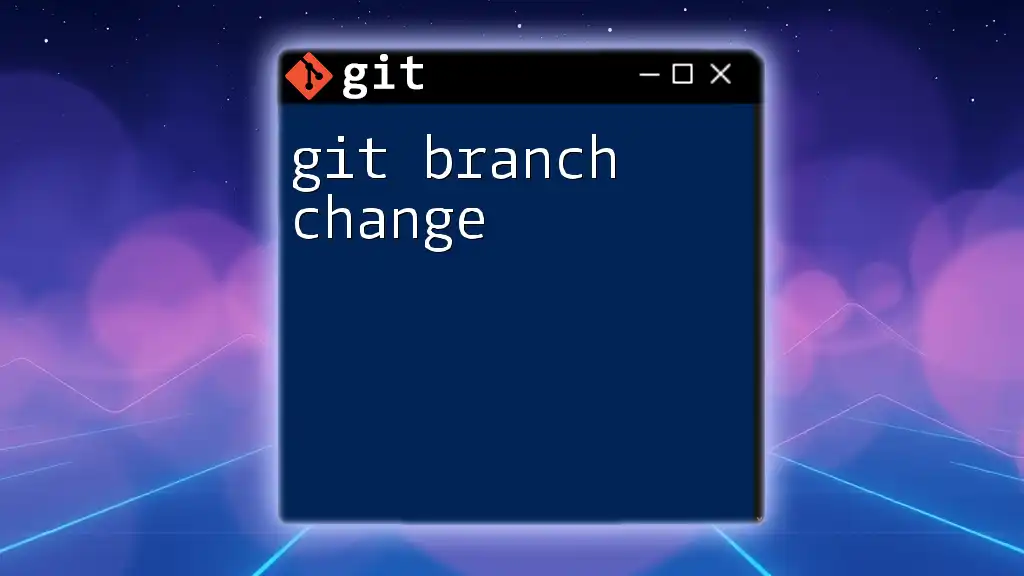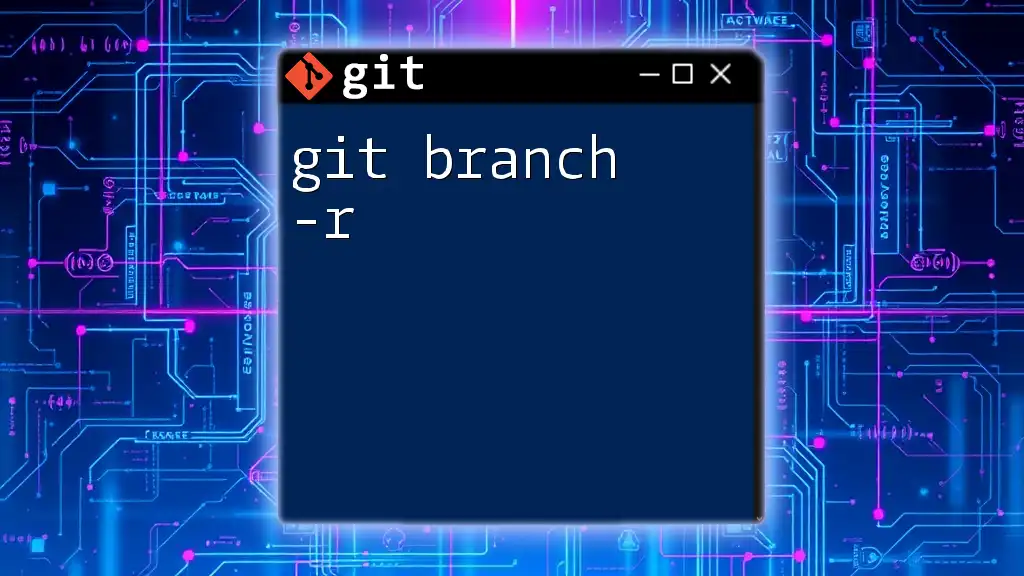You can sort git branches by their last commit date using the following command, which lists the branches in order of their last commit timestamps.
git for-each-ref --sort=-committerdate --format='%(refname:short) - %(committerdate)' refs/heads/
Understanding Git Branches
What are Git Branches?
A Git branch is essentially a separate line of development. It allows you to isolate your work, making it easier to experiment with new features or fix bugs without affecting the main codebase. Branching is indispensable in modern software development, promoting a parallel workflow that enhances collaboration among team members.
Benefits of Using Branches
Utilizing branches offers several advantages:
- Enhancing Collaboration: Multiple developers can work simultaneously on different features or fixes without overwriting each other’s changes, fostering a more organized workflow.
- Facilitating Parallel Development: Branches enable teams to develop different functionalities concurrently, allowing for faster project completion.
- Improving Project Organization: Keeping features and fixes in separate branches helps maintain the clarity of your project's history.
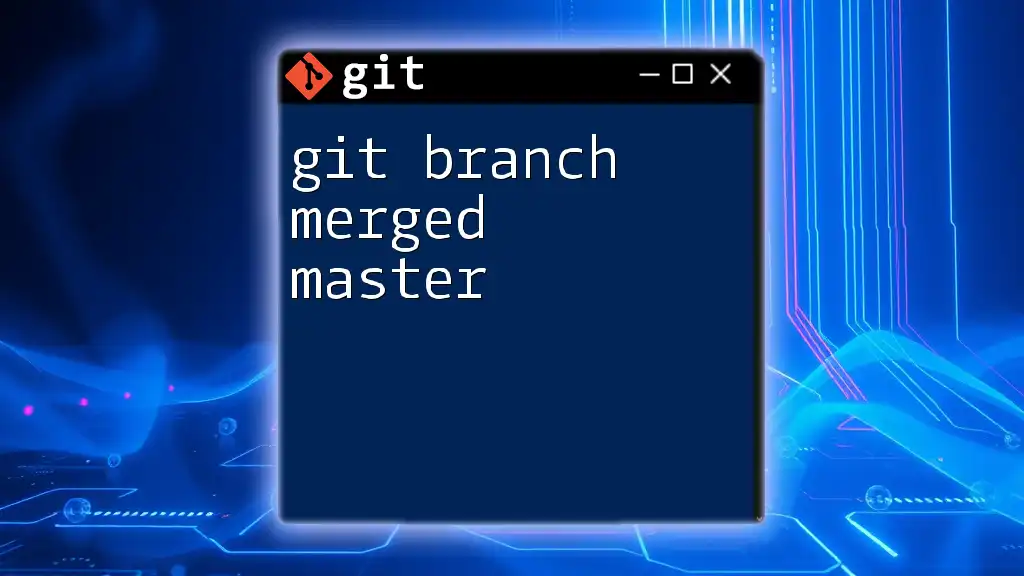
Why Sort Branches by Date?
Importance of Sorting
Sorting branches by date can significantly streamline your workflow. For example, when facing a large number of branches, finding the stale or outdated ones can be overwhelming. Sorting them by date allows you to quickly identify:
- Stale Branches: Easily recognize branches that haven’t been updated recently, helping you decide which ones can be deleted or archived.
- Active Development: Pinpoint active branches where development is happening, facilitating better project management.
When to Sort Branches
You should consider sorting your branches during key moments in your project lifecycle:
- During Project Reviews: Preparing for a code review or retrospective can benefit from a tidy list of branches sorted by recency, showcasing current development efforts.
- Pre-release Checks: Before deploying your application, reviewing recent branches ensures that all necessary updates are accounted for.
- Maintenance Sessions: Establish a routine to sort branches periodically, maintaining an efficient project environment.
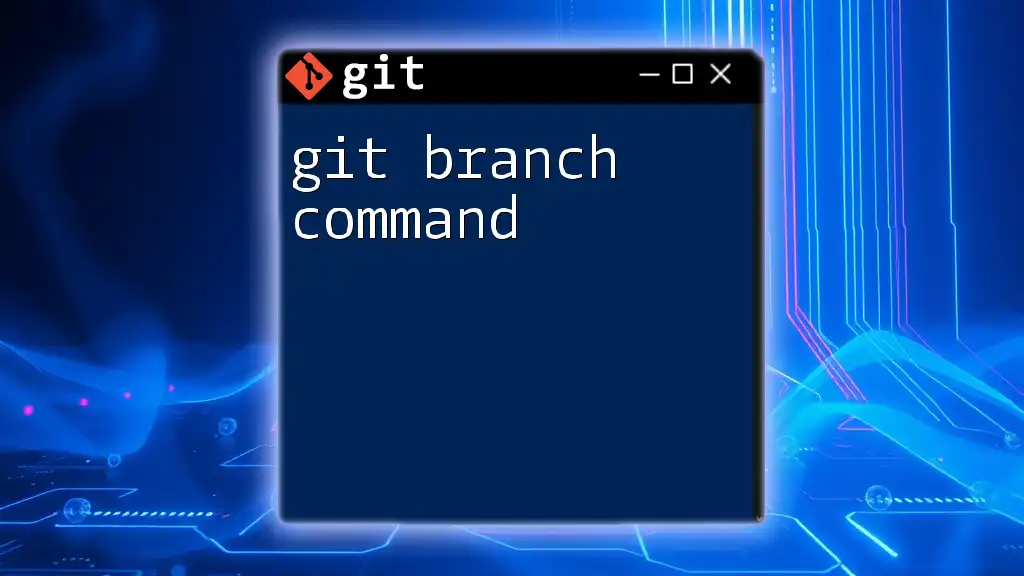
Common Git Commands for Branch Management
Listing Branches
To see all branches in your repository, you can use the command:
git branch
This command will display a list of all your local branches. It’s important to distinguish between local and remote branches, as checking out outdated remote branches can lead to confusion.
Switching Between Branches
To switch to a different branch, use:
git checkout <branch-name>
This command not only switches the working directory to the specified branch, but it also ensures you’re working with the latest commits in that branch. Always confirm you're on the correct branch before making changes.
Deleting Old Branches
When a feature or fix has been merged, you might want to clean up your branches. You can delete a branch using:
git branch -d <branch-name>
This command removes the specified branch. However, be cautious; ensure that your branch is fully merged, as deleting unmerged branches can cause loss of work.
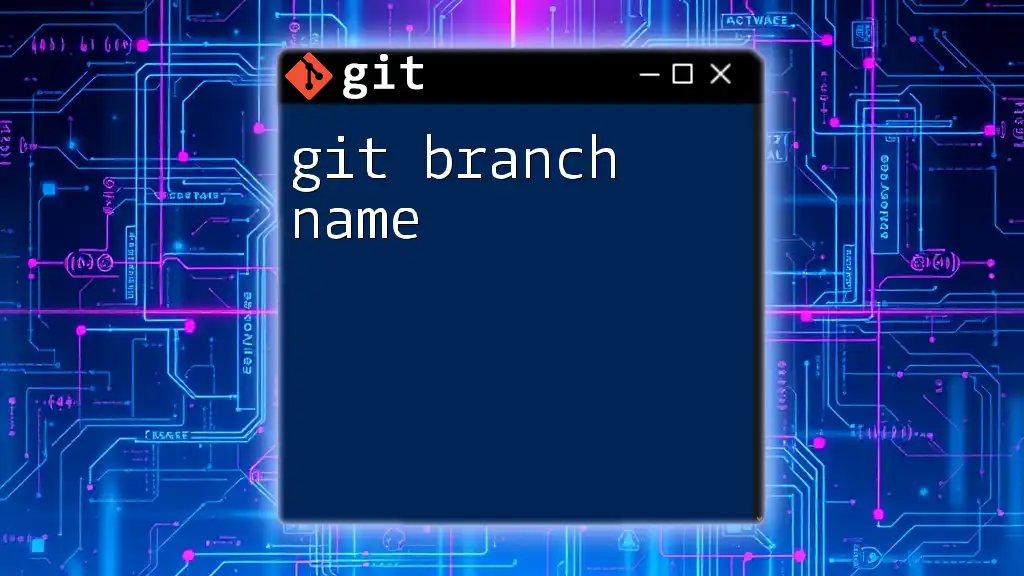
Sorting Branches by Date
Using Git Alias for Sorting
You can create a custom Git alias that sorts branches by their creation date for convenient access. Enter the following command in your terminal:
git config --global alias.branch-date "!git for-each-ref --sort=creatordate --format='%(creatordate:short) %(refname:short)' refs/heads/"
After setting this alias, simply run:
git branch-date
This will yield an output of your branches sorted by their creation date, providing insight into how actively each branch has been developed.
Listing Branches with Last Commit Dates
To see branches sorted by their last commit date instead of their creation date, use the following command:
git for-each-ref --sort=-committerdate --format='%(committerdate:relative) %(refname:short)' refs/heads/
Here, the `--sort=-committerdate` parameter sorts branches in descending order based on their last commit time. The output reveals which branches have had recent activity, making it easier to track ongoing work.
Understanding Output
The output of these commands presents a list of branches alongside dates. Familiarize yourself with how different date formats appear, which will help you interpret the activity level of each branch effectively.
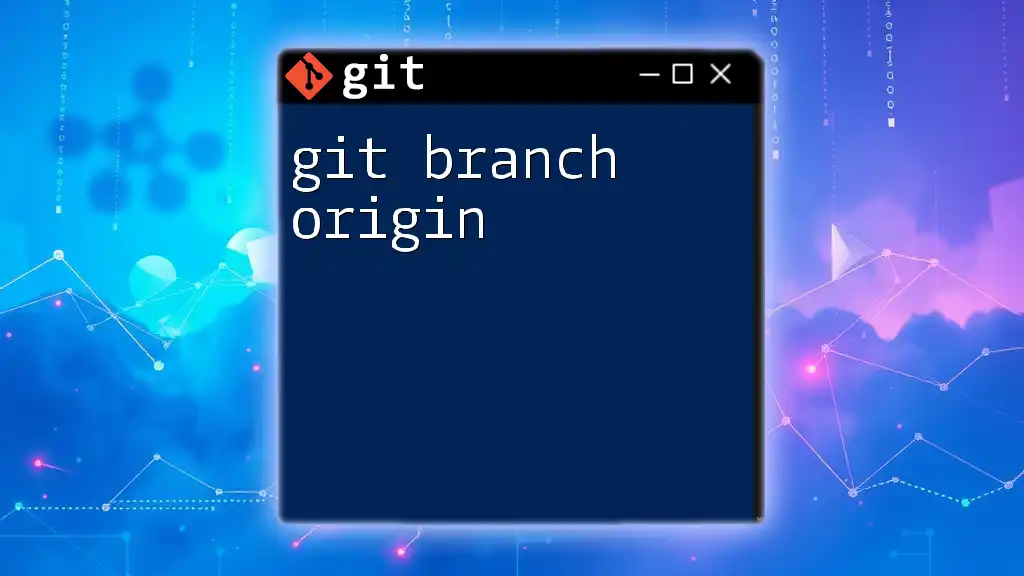
Examples of Sorting Branches
Real-World Scenario
Imagine a software project where several features are being concurrently developed. By employing the command to sort branches, you can gain clarity and insight into the project's activity.
Let’s assume you run the command:
git for-each-ref --sort=-committerdate --format='%(committerdate:relative) %(refname:short)' refs/heads/
You might see output like this:
2 days ago feature/new-ui
1 week ago bugfix/fix-typo
1 month ago feature/old-feature
This output quickly illustrates which branches are currently active and which have been dormant for some time.
Visualizing Branch Age
In addition to using terminal commands, you can benefit from using Git GUI tools like GitKraken or SourceTree. These tools provide visual representations of branch activity, which can be easier to comprehend than a simple command-line output.
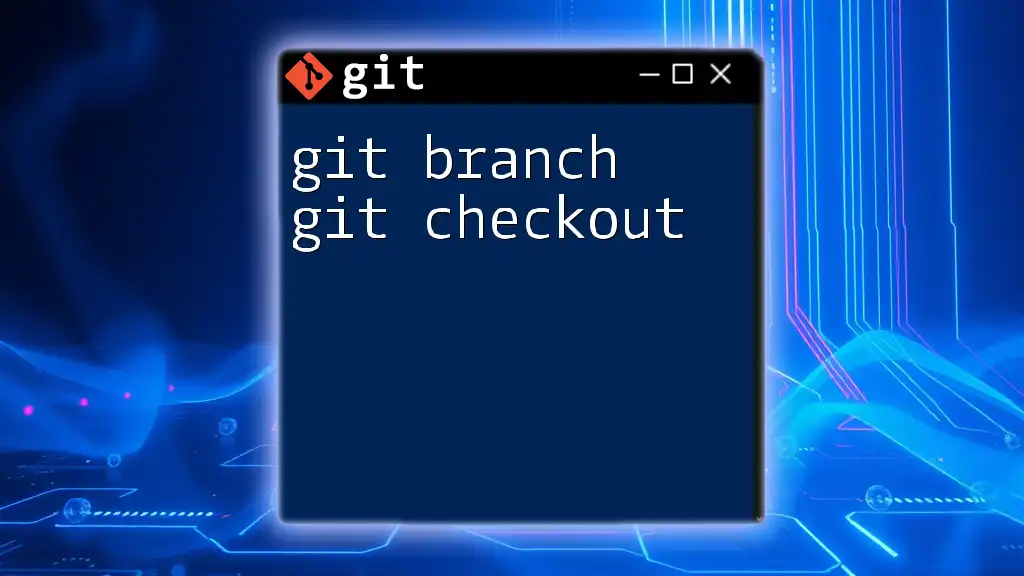
Best Practices for Branch Management
Regularly Sorting Branches
Establish a routine to sort branches periodically. Regularly reviewing sorted branches enables you to maintain a clean working environment and assists in identifying which branches require action, whether that means archiving or deletion.
Archiving Old Branches
When you have branches that are no longer in active use but you want to keep a record of, consider archiving them. Instead of outright deletion, you can rename and categorize them:
git branch -m <old-branch-name> archived/<old-branch-name>
This practice helps maintain a clear workflow while ensuring that historical branches are still accessible if needed in the future.
Documentation and Collaboration
Lastly, document your branch management practices and encourage your team to adhere to them. Creating a shared understanding will improve collaboration and help keep your Git history organized.

Conclusion
Sorting branches by date is an invaluable practice for maintaining an organized and efficient Git repository. By implementing the commands and practices discussed, developers can enhance their project management capabilities, allowing for cleaner workflows and clearer visibility into ongoing work. Remember, efficient branch management not only simplifies your workflow but also fosters better collaboration within your team.

Additional Resources
Official Git Documentation
For a deeper dive into Git’s capabilities, refer to the [official Git documentation](https://git-scm.com/doc).
Recommended Tools and Plugins
Consider exploring tools like GitKraken, SourceTree, or GitHub Desktop for their visual interfaces that make managing branches easier.
Further Reading
To master advanced Git techniques, check out articles on topics like rebasing, merging, and conflict resolution to further enhance your Git prowess.

